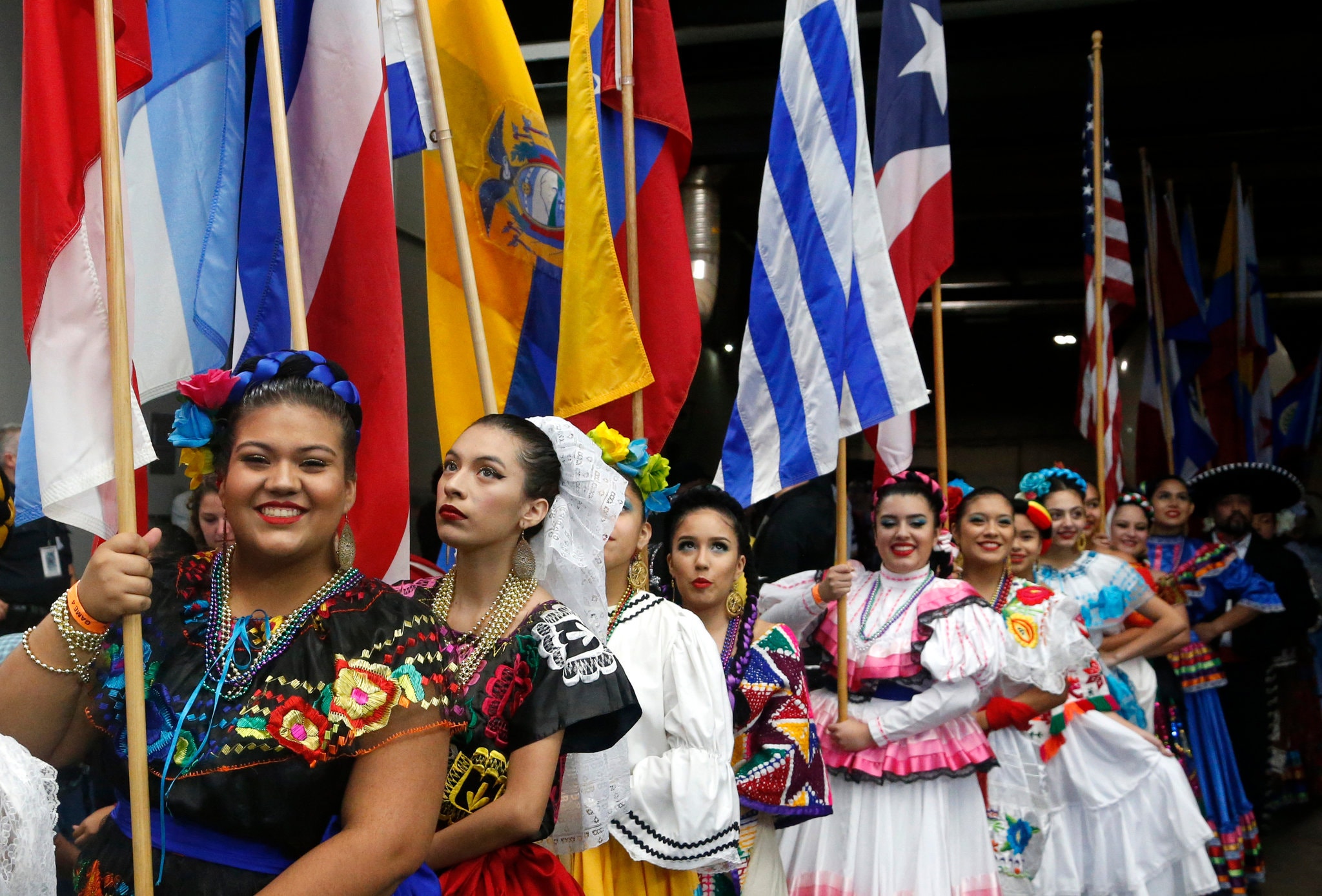A lack of available information and education often leads to many people in the United States thinking of Latin America as just Mexico and Puerto Rico. However, Latin America spans all of Central and South America, as well as Mexico and the Caribbean. In honor of National Hispanic Heritage Month, which starts September 15, students should put some time into learning about some of the major differences across the region.
While many Americans are exposed to Latin America through food, issues begin to arise when one acknowledges the prevalence of which cultures are showing up — Americans’ exposure to Latin American food is almost exclusively Mexican. As of 2011, there were 38,000 Mexican restaurants in the US, according to ABC News.
Concepts like those introduced in the traditional Mexican restaurant leads to an unintentionally skewed vision of one of Latin America’s most prevalent cultural aspects — the food.
Food across Latin America is diverse, from the fish and plants that are commonly eaten in the coastal region, to the high beef availability found in Argentina and Brazil, according to Food Network. Even when considering foods that appear across the entire region — such as coffee or cheese — differences can easily be found among different regions.
“[Food] is often the first thing people, including myself, associate with Latinos in general,” junior digital animation major Jany Salinas said. “Our restaurants are one of the ways people experience our different cultures in a direct and memorable way.”
The differences shown in food, however, are dwarfed by the differences in history across Latin America. Many people know the basic histories of the region, such as the existence of the Aztec, Maya and Inca empires, but not many know or acknowledge where we got the term banana republic or how South America became a nazi haven after World War II.
Students should take the initiative to change their perceptions of the region, both independently and relative to the first world. Rather than putting the burden of education on their Latine peers, students can engage with resources like Kennesaw State’s School of Interdisciplinary Studies or articles about the region online from organizations like the Smithsonian.
Often as a result of the negative aspects of Latin America’s history, the general stereotype pushed by many media projects displays a region where the hot sun bears down on impoverished, suffering people. Many films portray Latin American settings with an oversaturated filter of yellow tones that make countries look sickly and dirty, according to Matador Network.
The filter is used nearly exclusively for countries the West has deemed lesser, such as the countries of Latin America. The result is a warped view of the countries that is left unchanged without a willingness to understand the misrepresented culture, which could be mitigated through education.
“It’s just easy to put us Spanish-speakers into one group, especially since all you really know about [Latines] is what you see in the media,” Salinas said. “And if you know a few Spanish-speakers, the things you learn from them [are] often applied to your assumptions to all [Latines] when in reality [we all have] our different histories, wars and food.”
KSU hosts events such as the Latin American Film Festival, which can provide the means for students to see films that portray a more accurate Latin America. The people who can show the region best are those who live in it, and those who make content for it. This is just one example of a resource KSU students should use to educate themselves further.
Latin America has been ravished by the world and yet continues on in spite of issues it sees daily. Thanks to both KSU and the internet, there has never been an easier time for students to learn that there is more than just Mexico below the border — and with many students’ free time as a result of online classes, students have more opportunity than ever to educate themselves on Latin America and its many cultures.



